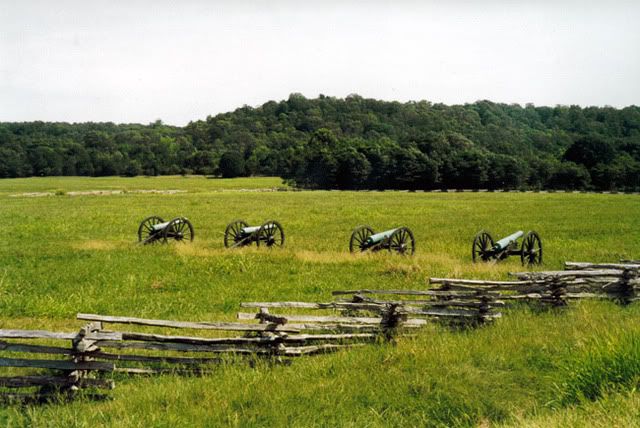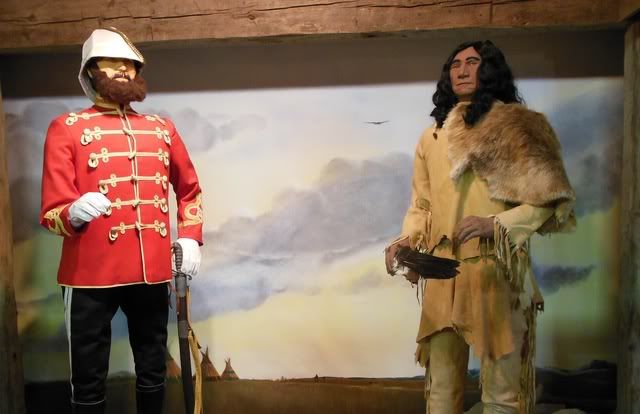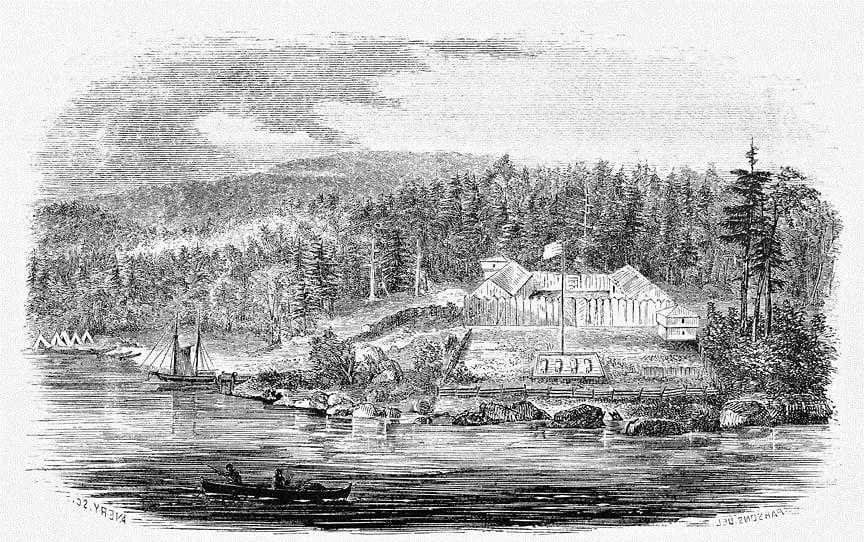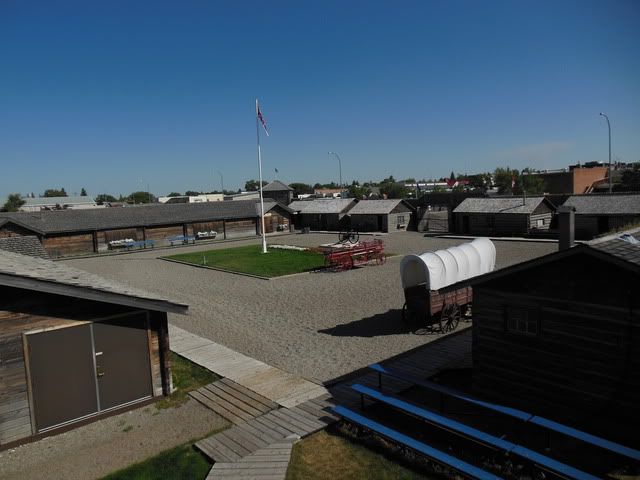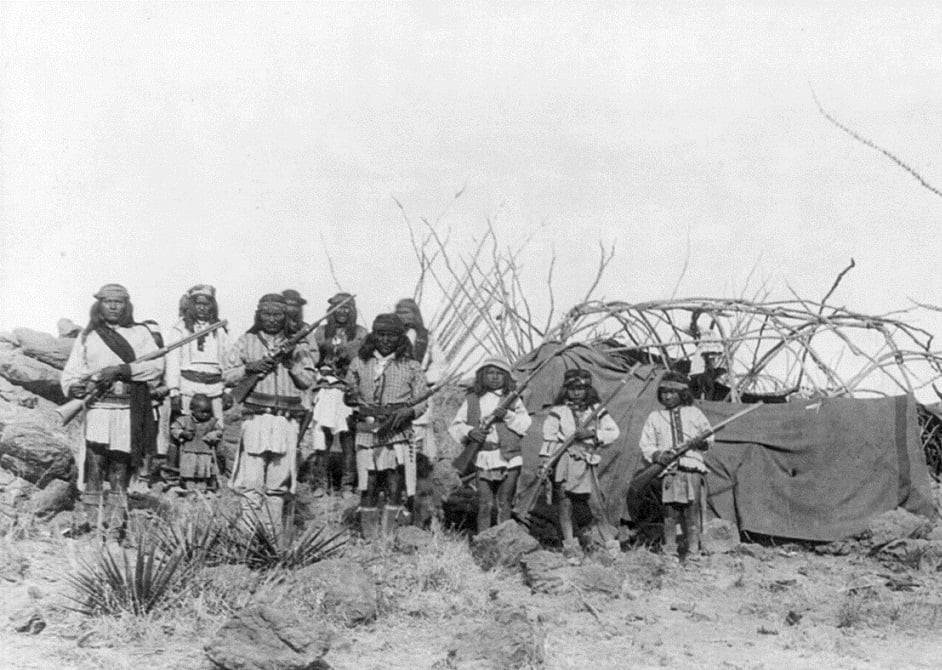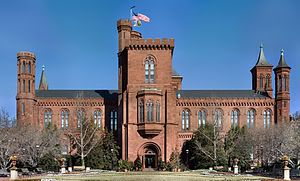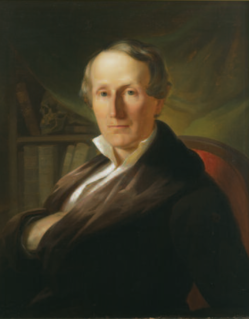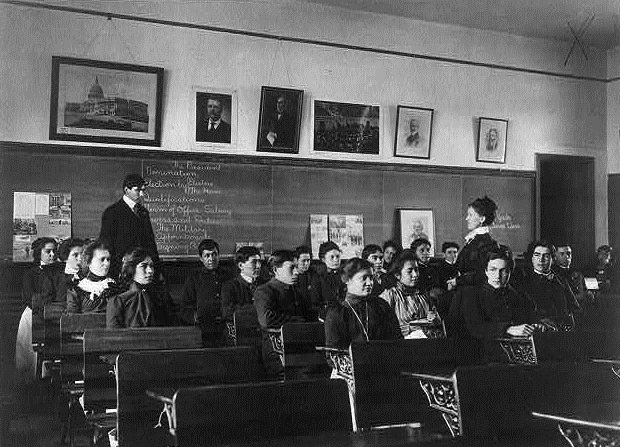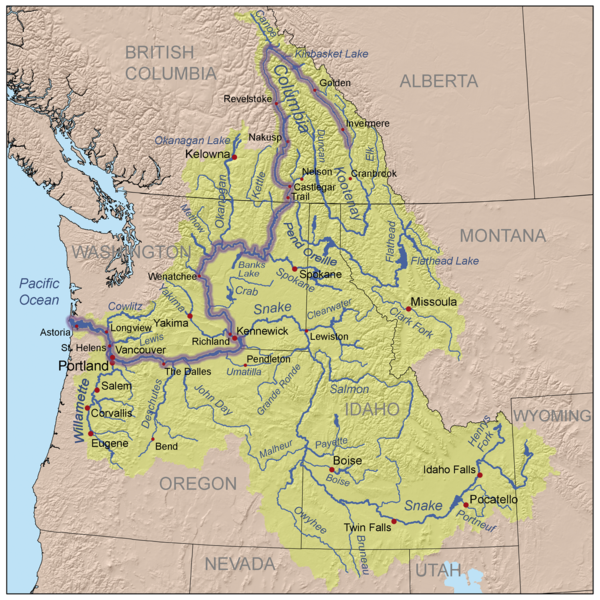Pea Ridge National Military Park
The most celebrated event in American history is the Civil War. Each year, thousands of people dress up in period costumes and reenact popular battles. The American landscape is littered with state parks, national parks, and historic markers celebrating the Civil War. This war not only divided the Americans, but also the Indians, particularly those … Continued
